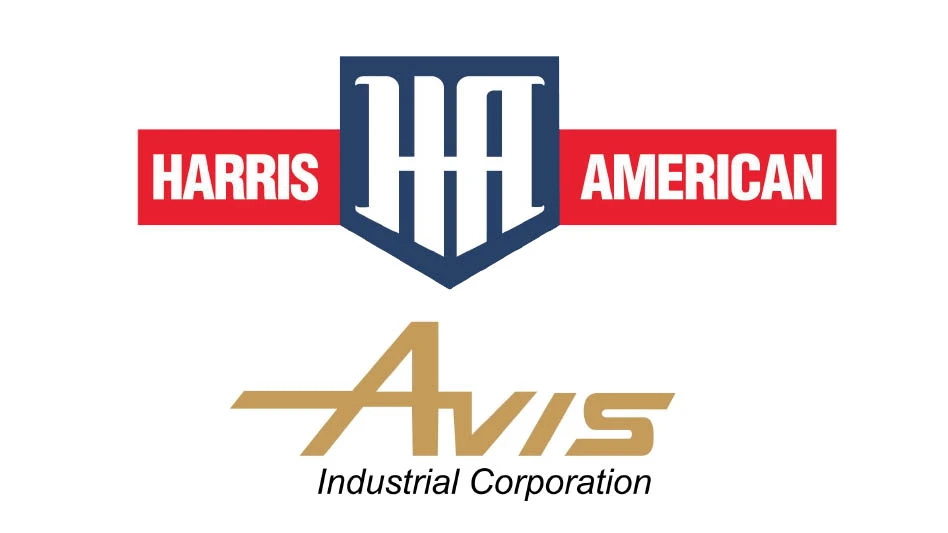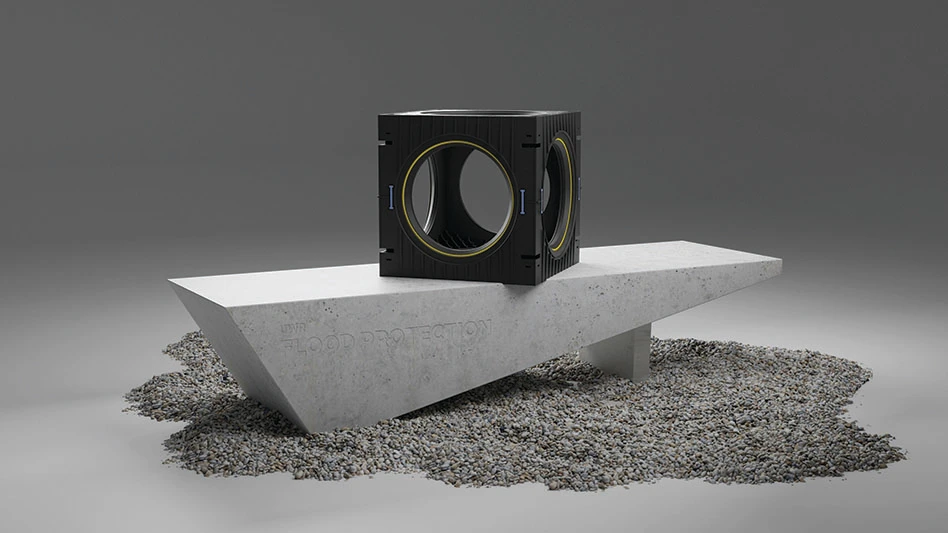
Photo courtesy Auburn University
Alabama-based Auburn University, Tuskegee University and Southern Union State Community College have received a $1.9 million grant from the National Science Foundation to find new ways to recycle multilayer plastics. The grant funds a project called “Supercritical Extraction for the Elimination of End-of-Life Plastics,” and will begin Jan. 1, 2022.
Multilayered plastics include a mixture of polyethylene or polypropylene with other plastic films. Products that commonly use this sort of packaging include gas tanks, fruit cups and other forms of food packaging.
“They make up a majority of packaging we use to keep food fresh,” says Edward Davis, the principal investigator of the project and an associate professor of materials engineering at Auburn University. “However, because of the several types of materials and bindings used to make it, it’s hard to recycle.”
Davis says the group of eight researchers will study the properties of supercritical carbon dioxide mixtures to enable the separation of the materials used in typical multilayer food packaging. If successful, the team will then apply the new method to preexisting recycling streams and study its economic and social impacts.
“If it works, and we can recycle multilayer materials, it is going to have a huge impact,” Davis says. “In theory, you would no longer have the requirement of looking at the bottom of all your pieces of plastic to figure out if it is one through six. You could just toss them all in the same container. Our work could enhance the amount of plastic that’s in a continuous recycling loop and reduce the amount of material going to landfills or that winds up in our oceans.”
The project will take four years to complete and will be done in three phases. For the first two years, the team will study supercritical carbon dioxide mixtures and their effectiveness. The second two years of the project will center around applying the new process to preexisting equipment and examining its feasibility. The money from the grant will go toward staff salaries, equipment and supplies, Davis says.
Davis’ team isn’t the only group working to recycle multilayer plastics. In 2020, a research team at the Wisconsin-Madison School of Engineering in Madison, Wisconsin, developed a process called solvent-targeted recovery and precipitation which uses artificial intelligence to identify the composition of a multilayer plastic and apply the correct solvents to recycle it.
Earlier this year, Mura Technology in the U.K. developed a proprietary system called Cat-HTR that uses supercritical steam (water at elevated temperature and pressure) to convert plastics back into chemicals and oils.
Davis says this project is unique because the process his team is developing can be applied to established streams.
“Food packaging is so complex because it’s designed to keep our food fresher for longer and safer for longer,” Davis says. “The whole way of getting food to the customer is based on these preexisting systems. We can’t just replace them with something else. We’ve got to find a way to create a circular economy with this product.”
Latest from Recycling Today
- Enfinite forms Hazardous & Specialty Waste Management Council
- Combined DRS, EPR legislation introduced in Rhode Island
- Eureka Recycling starts up newly upgraded MRF
- Reconomy Close the Gap campaign highlights need for circularity
- Nickel carbonate added to Aqua Metals’ portfolio
- EuRIC, FEAD say End-Of-Life Vehicle Regulation presents opportunity for recyclers
- Recyclers likely to feel effects of US-China trade war
- BCMRC 2025 session preview: Navigating battery recycling legislation and regulations







